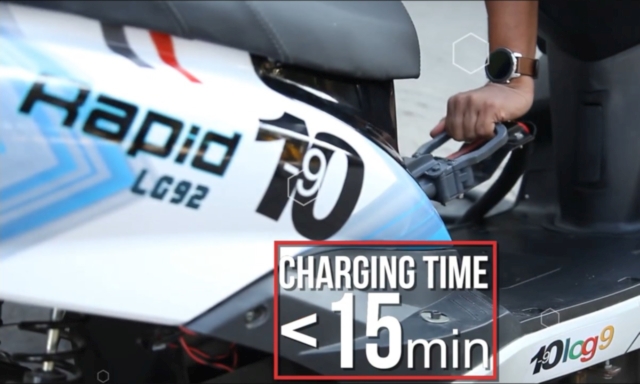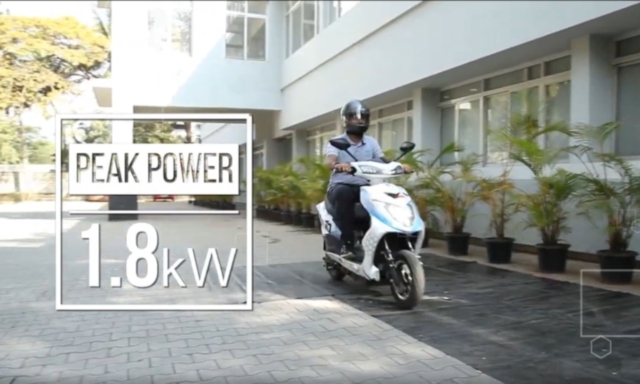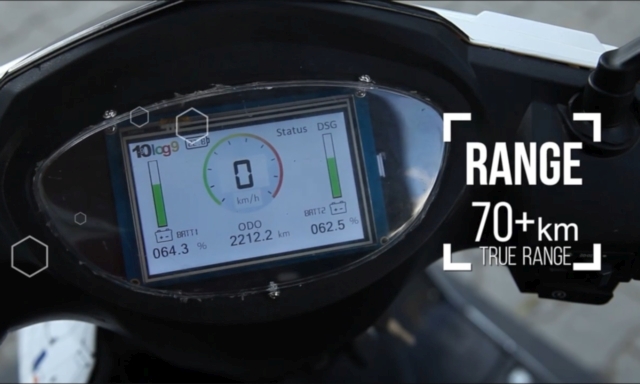Log 9 Materials, a nanotechnology company specializing in graphene, have recently launched rapid charging batteries for electric vehicles (EV) that can be charged in less than 15 minutes.

With lithium-ion batteries already being considered impractical for large-scale application by those within the industry, it’s only a matter of time before the post-lithium era — spoken about by leading technology giants — becomes a reality. Log 9 have been working on enhancing electric mobility for the past three years, continually developing technologically-advanced power storage and power generation solutions designed for specific platforms, in a bid to push for faster EV adoption. Their new rapid charging batteries should help this cause greatly.
The new rapid charging batteries are the first-ever fast-charging two- and three-wheeler energy storage solutions in India use super-capacitor technology. They take less than 15 minutes to charge for a range of more than 60 kilometres. More importantly, they also last for 15 years or more, lowering life-time running costs considerably. These packs also offer up to five times more peak power resulting in increased load-bearing capacity and acceleration. They are also safer in terms of fire- and impact-resistance, compared to lithium-ion batteries.

Log 9’s battery packs promise a true range of more than 70 km for two-wheelers. Large-scale pilots have already commenced in partnership with companies such as Amazon, Vogo, Shadowfax, and Delhivery, among other key fleet operators.

Log9 Materials are recognized for trying to revolutionize the energy sector with an innovative zero-emission, low-cost aluminium-air fuel cell. Their mission is to create a clean, circular energy economy. Their fuel cell prototype powers an automobile for 1,000 km with zero waste and zero emissions with the battery’s novel air-cathode selectively allows air to pass through to the electrolyte, reacting with the aluminium placed inside a chamber to generate electricity. The by-product, aluminium hydroxide, is deposited at the bottom of the fuel-cell in a powder form that can be recycled at a smelter and reused in the same battery again. Fresh aluminium in a rectangular ‘cassette-like’ form is put into the fuel-cell, a process that takes less than five minutes. One of the biggest attractions is the fact that the cost does not scale in proportion to an increase in energy capacity of the fuel cell.

